Innovations in Food Technology
Technological advancements play a crucial role in shaping the Cultured Wheat Market. Innovations in food processing and cultivation techniques are enhancing the quality and efficiency of wheat production. For instance, the development of cultured wheat varieties that are resistant to pests and diseases can lead to higher yields and reduced reliance on chemical inputs. Furthermore, advancements in fermentation technology are enabling the creation of novel wheat-based products that cater to diverse consumer preferences. The integration of these technologies is expected to drive growth in the Cultured Wheat Market, as producers seek to meet the evolving demands of consumers.
Rising Demand for Plant-Based Products
The Cultured Wheat Market is experiencing a notable increase in demand for plant-based products. This trend is driven by a growing consumer preference for healthier and more sustainable food options. As individuals become more health-conscious, they are seeking alternatives to traditional wheat products that align with their dietary choices. The market for plant-based foods is projected to reach substantial figures, with estimates suggesting it could surpass 74 billion USD by 2027. This shift towards plant-based diets is likely to bolster the Cultured Wheat Market, as consumers increasingly opt for products that are perceived as healthier and more environmentally friendly.
Regulatory Support for Alternative Crops
Regulatory frameworks are increasingly supporting the development of alternative crops, including cultured wheat. Governments are recognizing the potential benefits of diversifying agricultural production to enhance food security and sustainability. Policies that promote research and development in alternative crops can lead to increased investment in the Cultured Wheat Market. For example, funding for agricultural innovation and incentives for sustainable farming practices may encourage farmers to adopt cultured wheat cultivation. This regulatory support is expected to create a favorable environment for the growth of the cultured wheat sector, potentially leading to increased market penetration.
Increased Awareness of Environmental Impact
The Cultured Wheat Market is influenced by a rising awareness of the environmental impact of food production. Consumers are becoming more informed about the ecological footprint of their dietary choices, leading to a preference for sustainable agricultural practices. Cultured wheat, which often requires fewer resources and generates lower greenhouse gas emissions compared to conventional wheat farming, is gaining traction among environmentally conscious consumers. This shift in consumer behavior is likely to drive demand for cultured wheat products, as individuals seek to minimize their impact on the planet while still enjoying nutritious food options.
Changing Dietary Preferences Among Consumers
The Cultured Wheat Market is witnessing a transformation in dietary preferences among consumers. As more individuals adopt flexitarian, vegetarian, or vegan lifestyles, the demand for wheat-based alternatives is on the rise. This shift is not merely a trend but appears to be a fundamental change in how people approach their diets. Research indicates that a significant portion of the population is actively seeking out products that align with these dietary choices. Consequently, the Cultured Wheat Market is likely to benefit from this evolving landscape, as manufacturers respond to the growing need for innovative and appealing wheat-based products that cater to diverse dietary requirements.


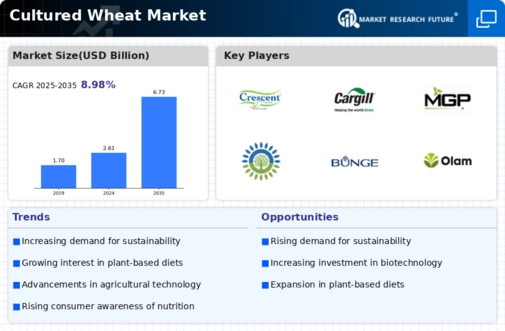
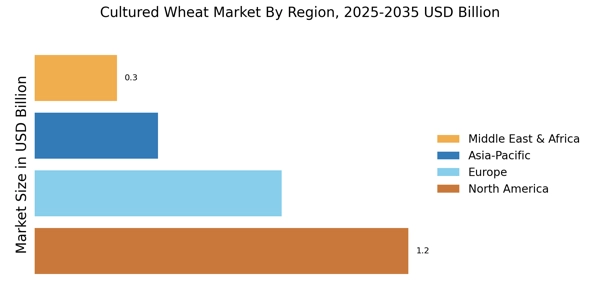


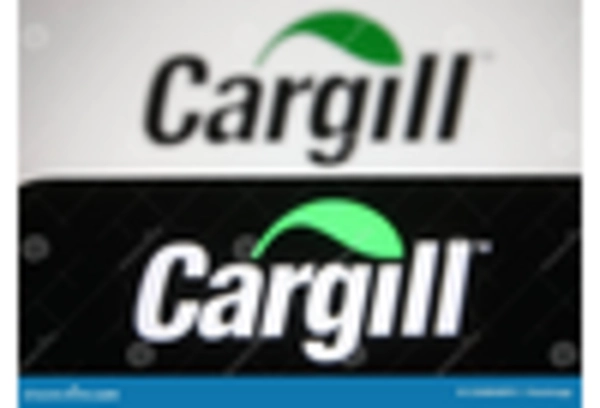

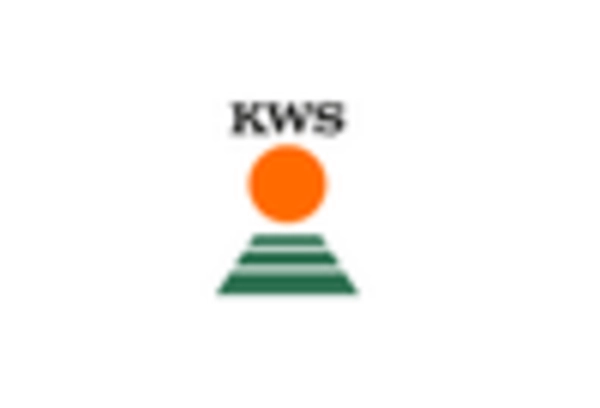
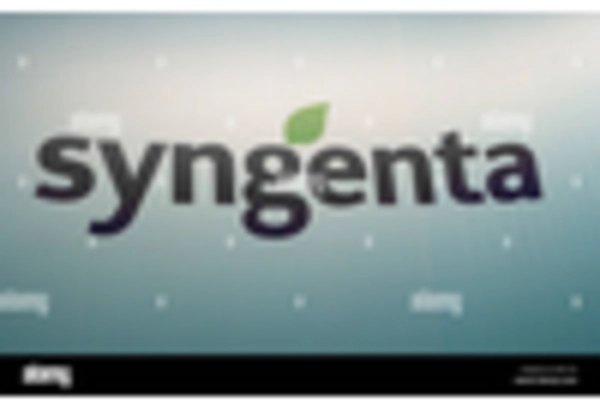








Leave a Comment